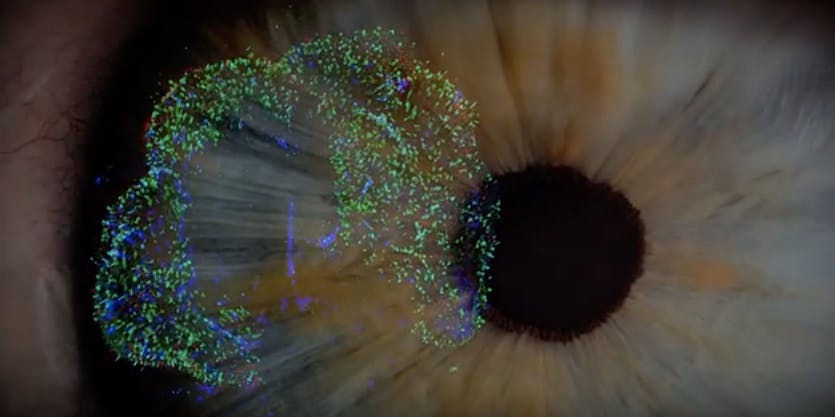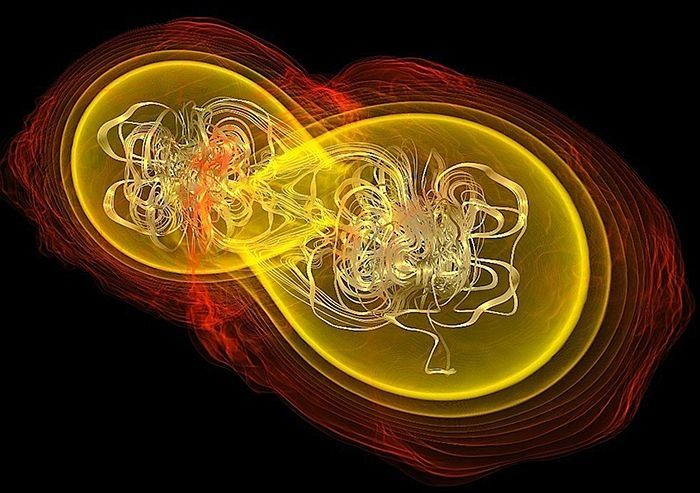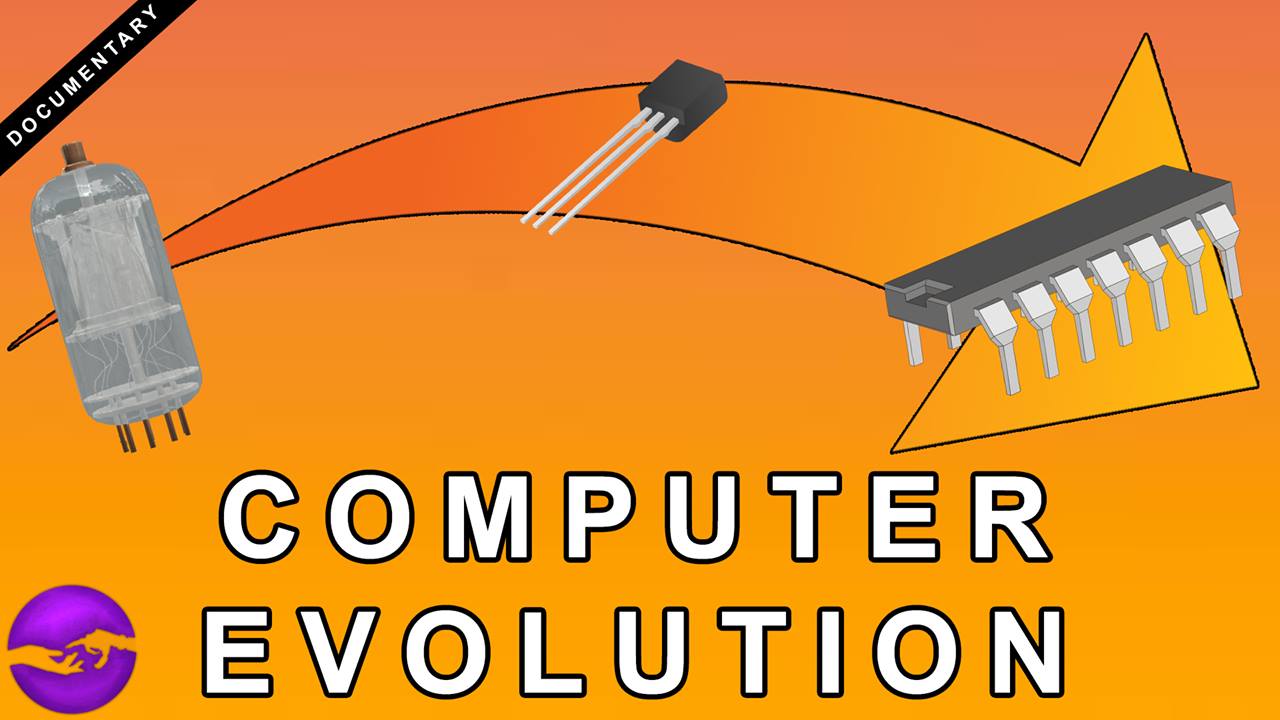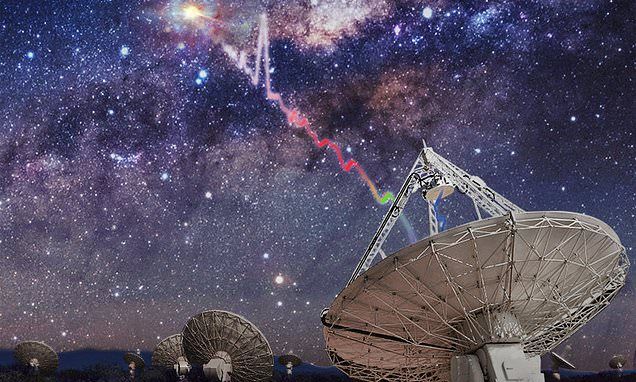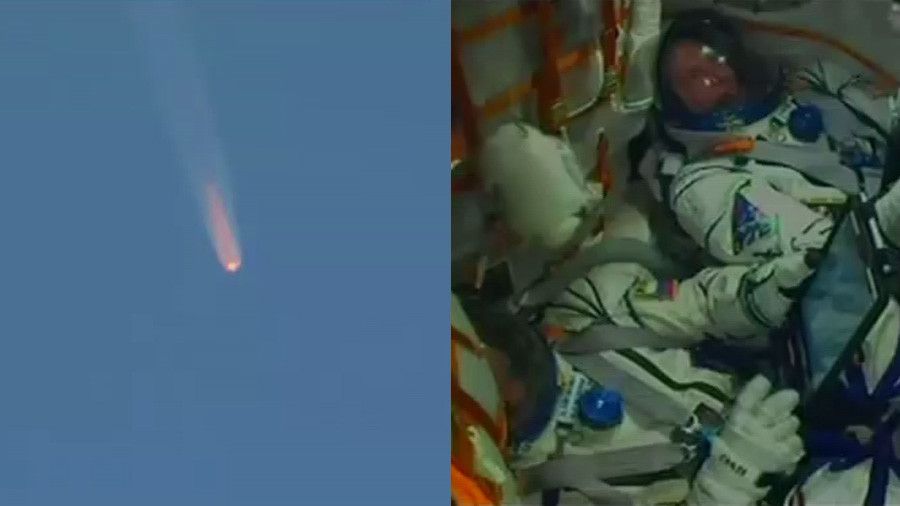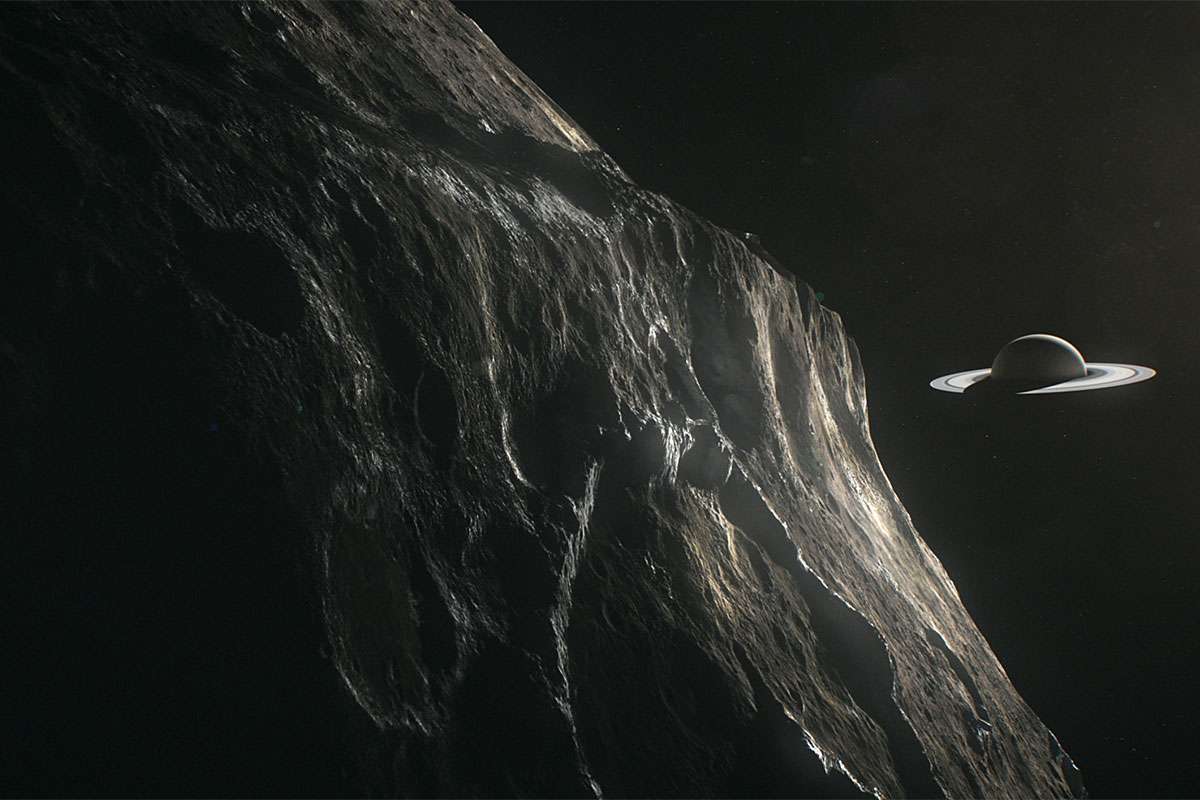In a lab at Johns Hopkins University, little bits of human eyes are growin in a dish. When one thinks of an eye, they likely think of the full bulbous form — the lens, an iris; the vitreous body. These retinal organoids are not that. Technically, they’re retinas grown from human stem cells — globs of the white tissue that lines the very back of the eye. While growing eye globs is a technical marvel in itself, their creation has a compounded purpose. Scientists generated them to understand why we can even see color and to learn how we can help people who can’t.
“As a scientist, I think that you have to have a passion for what you’re doing and a connection to your organism,” organoid-creator and Johns Hopkins University graduate student Kiara Eldred tells Inverse. “I cared for the organoids every day in the beginning and then every other day as they got older. In the lab, my co-authors and I all kind of refer to them as our babies because we have to care for them all the time.”
In a study published Thursday in Science, Eldred and her team reveal why these retinas are so important. Humans have three types of color-detecting cells that sense red, green, or blue light. But the mechanisms behind why this is hasn’t been fully understood. Here, the team discovered that blue cells are made first, and then red and green cells later. Learning the timing of these cell formations was a novel finding — and made sense, considering we and other primates have something called trichromatic color vision.
Read more

